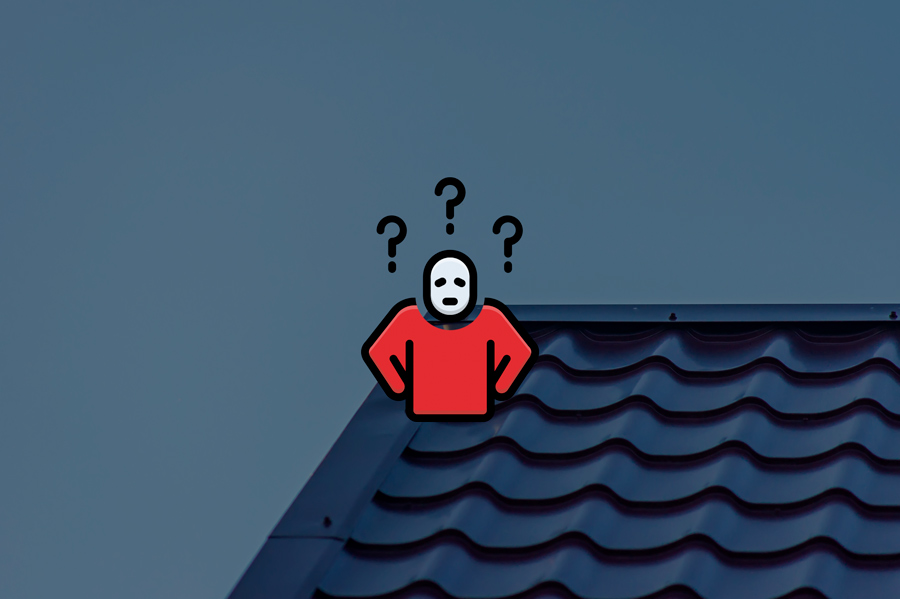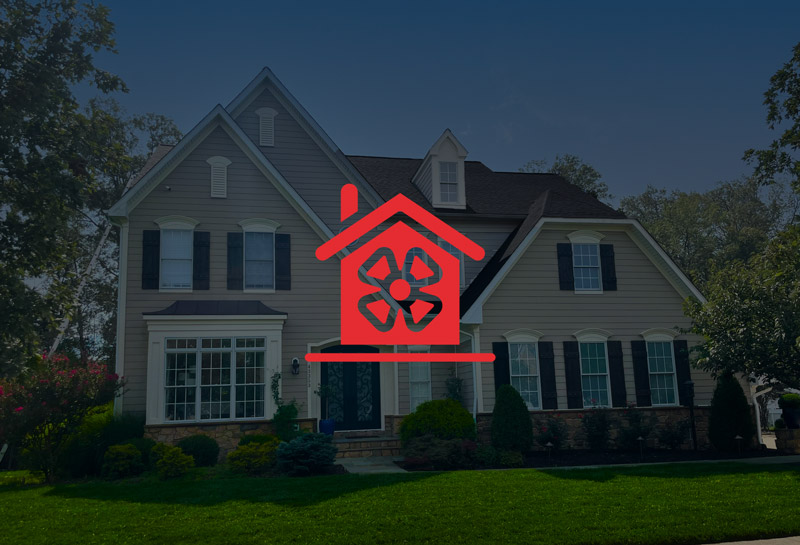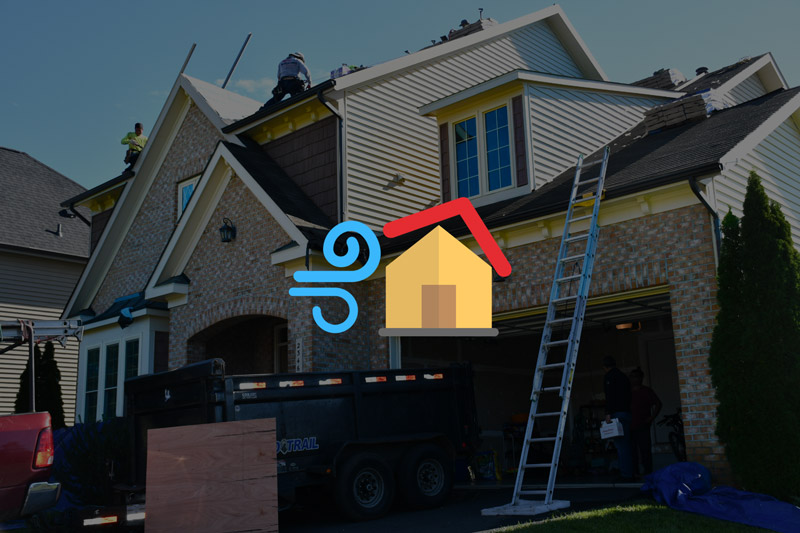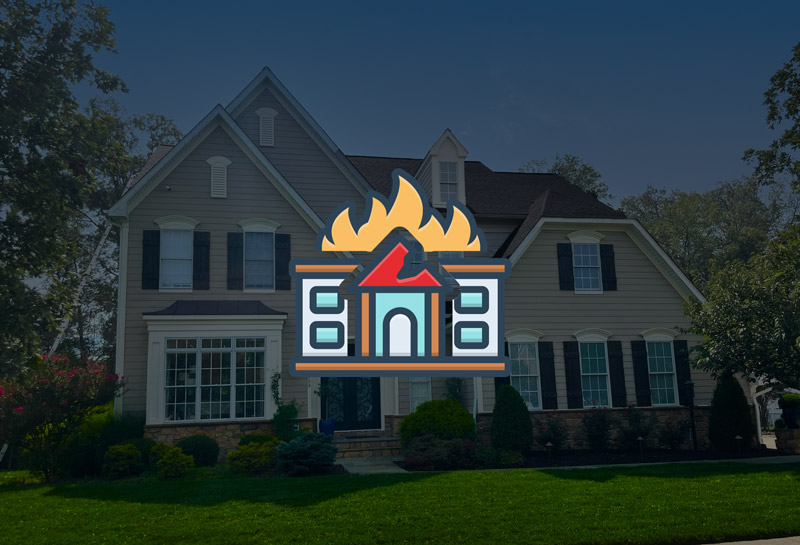Roof Fungus: Causes, Effects, Prevention, and Remediation
Roof fungus, also referred to as roof mold or roof mildew, is a common issue that can significantly affect the longevity and appearance of your roof. In this article, we will delve into the world of roof fungus, exploring its causes, effects, prevention, and remediation.

What is Roof Fungus?
Roof Fungus and Its Aliases
Roof fungus, also known as roof mold or roof mildew, is a persistent issue that plagues many homeowners. These terms are often used interchangeably, describing the unwelcome growth of microorganisms on your roof’s surface.
Roof Fungus vs. Algae and Lichen
It’s essential to differentiate roof fungus from similar roofing problems, such as algae and lichen. While they may seem alike at first glance, they have distinct characteristics.
Roof Fungus: The Intruder
Roof fungus is primarily composed of mold or mildew, which are types of fungi. Unlike algae, which are typically green, and lichen, which have a more complex structure, roof fungus appears as dark streaks, stains, or patches on your roof’s surface. It thrives in damp and shaded environments, making it a common sight in areas with high humidity or frequent rain.
Algae and Lichen: The Lookalikes
Algae, on the other hand, are usually green and can create a slimy appearance on your roof. Lichen, while also capable of darkening your roof’s color, have a distinct symbiotic relationship between algae and fungi.

Causes of Roof Fungus
Understanding the Culprits
Roof fungus, commonly known as roof mold or roof mildew, can be a persistent headache for homeowners. It thrives due to several key factors, which we’ll explore in this section.
Moisture’s Role
Moisture is the primary fuel for roof fungus. When rainwater accumulates or your roof doesn’t effectively shed water, it creates a breeding ground for fungi. Roof fungus can take hold when moisture gets trapped in crevices and on shingles, allowing it to flourish.
The Impact of Humidity
High humidity levels in your local climate can also contribute to roof fungus growth. Areas with prolonged humidity provide ideal conditions for the development of these unwanted microorganisms. They thrive on the moisture in the air and on the roof’s surface.
Poor Ventilation and Stagnant Air
Inadequate ventilation within your attic or roof space can exacerbate roof fungus problems. When air becomes stagnant, moisture accumulates, creating an environment conducive to fungal growth. Proper ventilation systems help mitigate this risk by promoting air circulation and drying out the roof.
.

The Influence of Climate
Shielding Your Roof from Fungal Intruders
Now that we’ve explored what roof fungus is and what causes it, let’s delve into the proactive steps homeowners can take to prevent its unwelcome presence and maintain a healthy roof.
Regular Roof Inspections
Routine roof inspections are your first line of defense against roof fungus. Schedule regular checks to catch any signs of growth early. Look for dark streaks, stains, or patches, and remember that roof fungus can resemble dirt or grime, so a keen eye is essential.
Proper Ventilation and Insulation
A well-ventilated and properly insulated attic or roof space can make your roof less inviting to roof fungus. Adequate airflow helps keep the roof dry, reducing the conditions that fungi thrive in. Proper insulation also prevents moisture from seeping into your home.
Gutter Maintenance and Debris Removal
Clogged gutters and debris on your roof can trap moisture, providing an ideal environment for roof fungus. Regularly clean your gutters and remove leaves, branches, and other debris from your roof’s surface.
H3: Algae-Resistant Roofing Materials
Consider using algae-resistant roofing materials when it’s time for roof replacement. These materials are designed to inhibit the growth of not only algae but also roof fungus. Investing in them can pay off in the long run by extending the life of your roof.
Professional Roof Cleaning and Maintenance
While DIY efforts are essential, there’s no substitute for professional roof cleaning and maintenance. Experienced professionals have the tools and expertise to safely and effectively remove roof fungus and prevent its return. Regular maintenance can prolong your roof’s lifespan and save you from costly repairs down the line.
.

Effects of Roof Fungus
The Impact of Roof Fungus
Roof fungus, also known as roof mold or roof mildew, may appear harmless at first glance, but its effects on your roof and property can be significant and costly if left unattended.
Weakening of Roof Materials
One of the most concerning effects of roof fungus is its ability to compromise the integrity of your roof. Over time, the fungi can infiltrate and damage roofing materials, including shingles, tiles, and wood. This weakening can lead to leaks and structural issues, necessitating costly repairs or even roof replacement.
Increased Energy Bills
Roof fungus doesn’t just affect your roof’s physical structure; it can also impact your home’s energy efficiency. As it spreads, it can create a barrier that reduces insulation effectiveness. This leads to increased energy bills as your heating and cooling systems work harder to maintain a comfortable indoor temperature.
Aesthetic Concerns and Reduced Property Value
Beyond the practical concerns, the appearance of roof fungus can be unsightly. Dark streaks and stains can mar your roof’s visual appeal. Furthermore, if you’re considering selling your home, a roof with visible fungus can reduce its curb appeal and overall property value.
Addressing roof fungus promptly is not just about maintaining the aesthetics of your home; it’s also about protecting your investment and ensuring a safe and energy-efficient living space.
.

Remediation and Treatment
Resolving the Roof Fungus Dilemma
If you’ve noticed the telltale signs of roof fungus, it’s crucial to address the issue promptly to prevent further damage and restore the health and appearance of your roof. In this section, we’ll guide you through the steps involved in treating roof fungus.
Identification of the Fungus Type
Before you can effectively treat roof fungus, it’s essential to identify the specific type of fungus infesting your roof. Roof fungus can vary in appearance, with different species presenting as dark streaks, stains, or patches. Understanding the type of fungus you’re dealing with can inform your treatment approach.
Cleaning and Removal Techniques
Once you’ve identified the fungus, the next step is to safely and thoroughly remove it from your roof. There are various cleaning techniques and solutions available, depending on the severity of the infestation and the roofing material used. These can include gentle brushing, power washing, or chemical treatments. It’s crucial to follow the manufacturer’s recommendations and safety guidelines when using any cleaning products.
Roof Repairs or Replacements
In some cases, the damage caused by roof fungus may require repairs or even roof replacement. If the fungus has weakened the roofing materials to the point of compromising your roof’s integrity, it’s essential to address these structural issues promptly. This step ensures your roof’s longevity and functionality.
The Expertise of Roofing Contractors
While some homeowners may opt for a DIY approach to roof fungus remediation, it’s often best to enlist the expertise of experienced roofing contractors. These professionals have the knowledge, tools, and safety measures necessary to ensure effective and safe treatment. Hiring a roofing contractor can also provide peace of mind that the issue will be resolved correctly.
.
Please Share!






